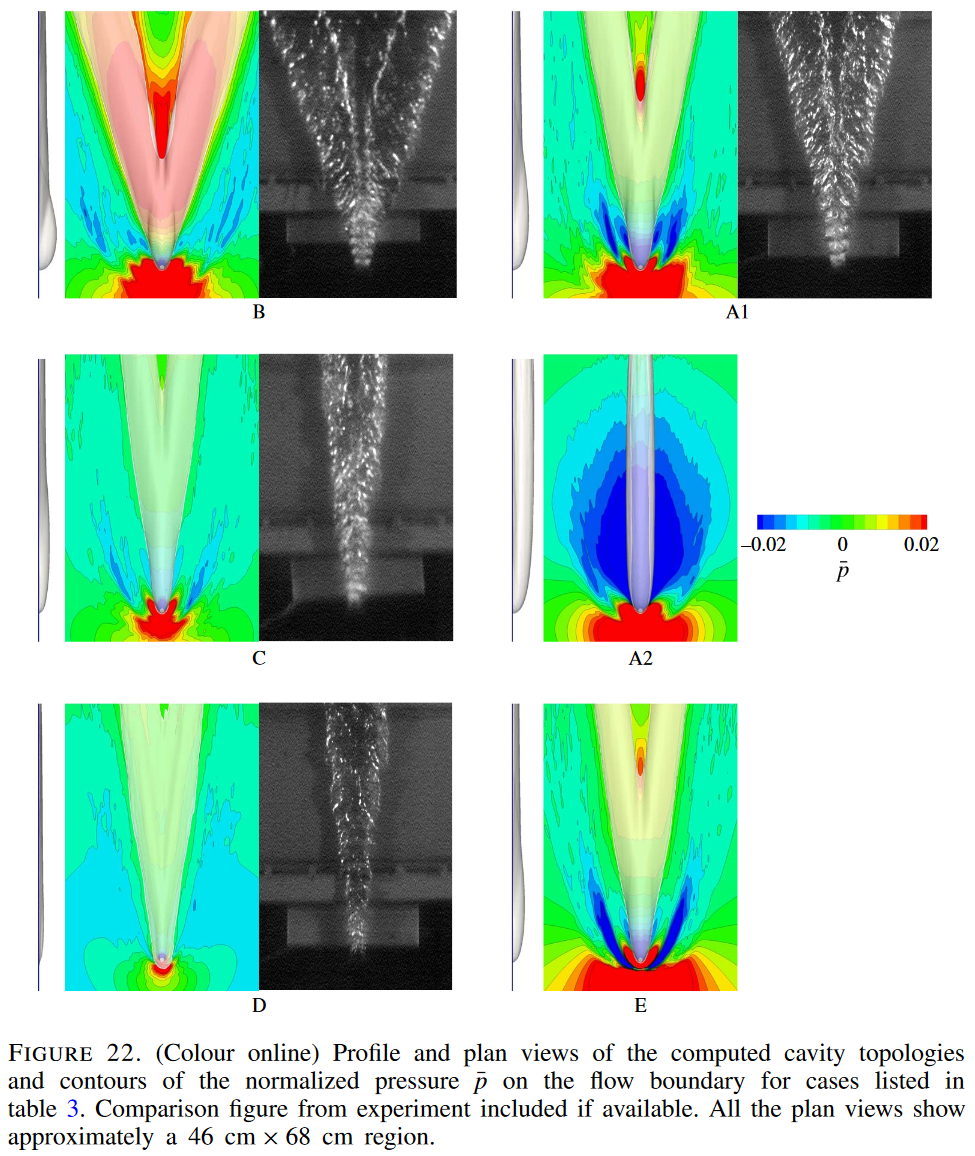Multiphase flows for energy production, transportation, industrial, biological, and environmental applications is the the overarching, unifying, theme of our research.
Check out our videos on YouTube (https://www.youtube.com/@FLOWlab_fluids/featured) and see Publications for details.
Droplet generation from an accident
Simulated laboratory accident where a 96 well plate is dropped from counter height.
Droplet transport
This is a short presentation discussing the droplet transport research ongoing at UC Berkeley.
This work was supported by 2020 Seed Fund Award 2020-0000000139 from CITRIS and the Banatao Institute at the University of California.
Lagrangian Tracking of Bubbles Entrained by a Plunging Jet (Alexis Goujon, Gautier Chamoulaud and Simo Makihaju)

The goal of our research is to advance the physical understanding of high Reynolds number single- and multiphase flows primarily through experimental research, and through the development and use of advanced experimental techniques.
Multiphase flows are encountered in almost every aspect of modern life, including offshore applications, biological flows, energy production, chemical processing, and naval hydrodynamics.
Specific topics the PI has worked on include the reduction drag on marine vehicles, mitigation of damage and noise caused by cavitation in naval and industrial applications, and efficient handling of flow in energy production applications.
Cavitation for industrial, transportation and medical applications
As pressure in a liquid drops locally below the liquids vapor pressure, the liquid can vaporize. This is cavitation, and is encountered in a variety of applications (e.g. valves, on ship propellers, in human body). The actual pressure at which cavitation occurs is dependent on liquids nuclei content, and on nuclei that may be present on adjacent surfaces. We work on cavitation in both Newtonian and non-Newtonian fluids.
Cavitation in Netwonian fluid in a sudden gap expansion.
Physics of Super Hydrophobic Surface Frictional Drag reduction
Super Hydrophobic Surfaces (SHS) have received much attention in particular for their potential to reduce frictional drag in numerous applications (e.g. ships and in pipelines). We team with the best materials people who develop SHS, and investigate the physical mechanisms of SHS drag reduction, and the limitation of these techniques.
Results of a computed tomography (CT) scan showing gas strapped on an SHS surface. Left: axial cut of CT data (dark spots are trapped gas, plastrons). Right: Gas interfaces visualized as seen through the wall showing the gas coverage.
Multiphase flows for frictional drag reduction
Frictional drag accounts for approximately 60% of a typical cargo ships propulsive power requirements. Air layer drag reduction is one technique that may enable significantly reducing a ship’s frictional resistance, and hence have a significant economic and environmental impact. To generate the air layer, instead of utilizing continuous slots to introduce the gas, use of discrete gas injection ports may be more advantageous. Hence, a recently published paper focused on gas jets injected into a boundary layer beneath a surface, and subject to a liquid cross-flow. The sample figures below are from this work, and a reference to the full article is provided below.
For more, see: Mäkiharju, S.A., Lee, I.R., Grzegorz, P.F., Maki, K.J. and Ceccio, S.L. “The topology of gas jets injected beneath a surface and subject to liquid cross-flow.” Journal of Fluid Mechanics, v.812, pp. 141-183. 2017 https://doi.org/10.1017/jfm.2017.98



